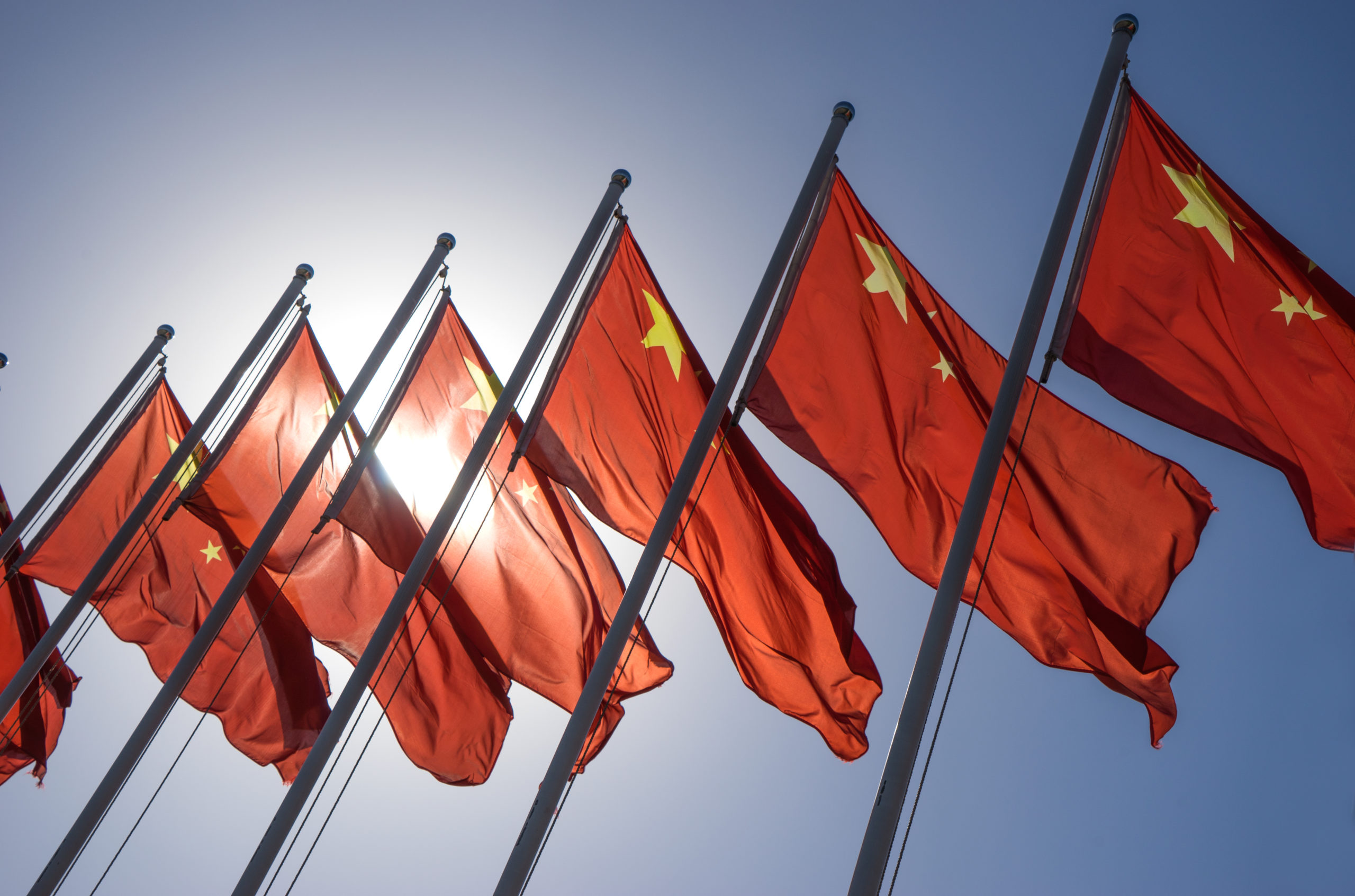
In a move that has long been expected, the World Intellectual Property Organization (WIPO) has announced that China will join the Hague System for the International Registration of Industrial Designs from 5 May 2022.
The Hague System allows applicants to register simultaneously one or more industrial designs in any of a number of contracting countries covering, at least from 5 May 2022, most of the world’s major economies. For that reason, the Hague System is often thought of as the “PCT of designs”; however, there have been a number of issues with the system that have prevented it from being as widely adopted as its patent counterpart.
One of the most significant issues with the Hague System was the absence of a number of countries, including China, possibly the world’s most important market for design protection given its status as a manufacturing superpower. As a result of China joining the Hague System, and in the wake of the UK’s exit from the EU and its centralised European Community design system, many companies may now become more interested in the Hague System as a possible option for their design strategy. However, there are some potential obstacles to be navigated when it comes to the filing of Hague designs.
Foremost, there is the issue that design law can vary quite significantly from country to country, meaning that it can be difficult to meet the requirements of several national jurisdictions with one set of design drawings. For example different countries can have fundamentally different formal requirements, such as the need for shading in representations or the acceptability of broken lines for disclaimers, which may leave the applicant physically unable to meet all requirements on filing. Therefore, filing strategy needs to be considered carefully at the outset and possible objections identified before filing, otherwise any cost-saving associated with the filing of a single application could quickly evaporate.
Furthermore, even if it seems possible to file a Hague design for a given product that is expected to register without much problem, applicants should consider whether there will be any trade-off on the scope of protection obtained, whether intentional or unintentional, by using the Hague System. Different countries’ design systems may interpret aspects of the same drawings in different ways, and there are often strategies that can be employed in different countries to counter or exploit these differences. Therefore, for certain types of product, the best approach may in fact be to file the designs separately around the world and tailor the applications to the nuances of each country’s design law to obtain the best possible protection.
Once China accedes to the Hague System, the potential value in the system will undoubtedly increase significantly. However, given the issues that remain, those who are interested in making use of the Hague System are encouraged to seek specialist advice before filing to ensure that they reap the benefits of the extended reach of the system without tripping over these obstacles.
Whether or not a company chooses to change their design filing practices in light of China joining the Hague System, this news could still have a significant impact on their IP strategy. In 2020, China accounted for about 60% of all registered designs filed worldwide, with the majority of these coming from Chinese applicants. If even a fraction of these filings are now converted to Hague filings, which seems likely to happen, this could lead to many more design registrations being in force in other countries around the world. Companies may therefore need to pay more attention to the possibility of infringing third parties’ registered design rights and may also wish to consider shoring up their own protection in response.
If you would like further information on how to protect your designs or have any questions in relation to this article, please find my contact details on my website profile here or contact us at gje@gje.com.


